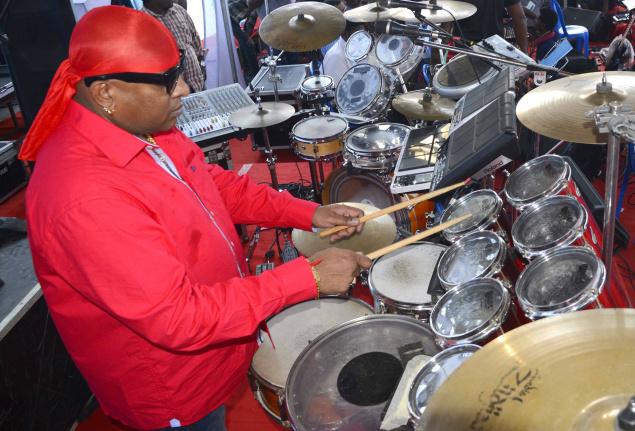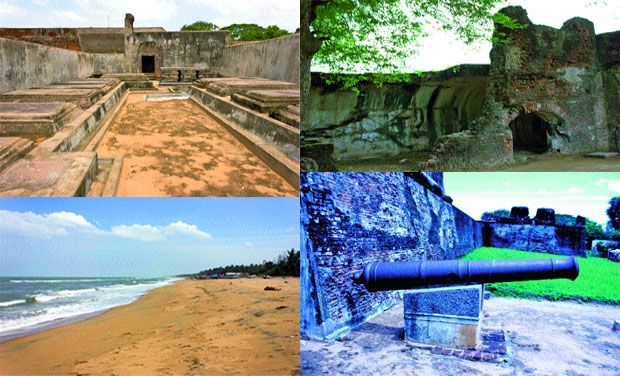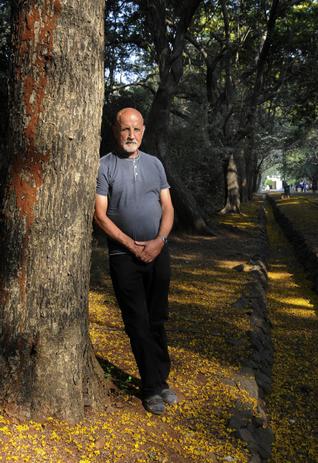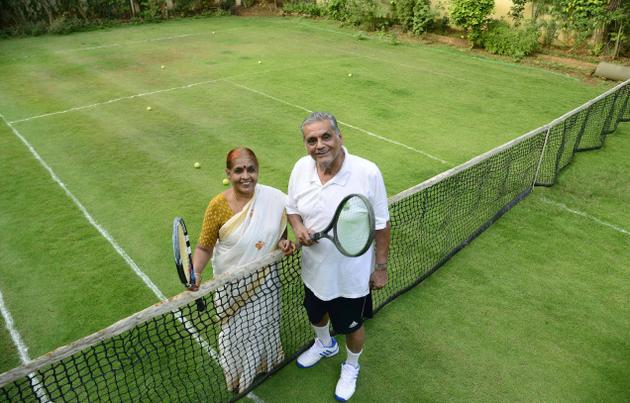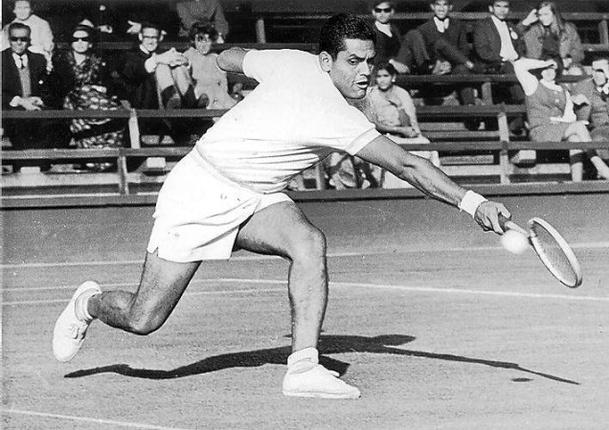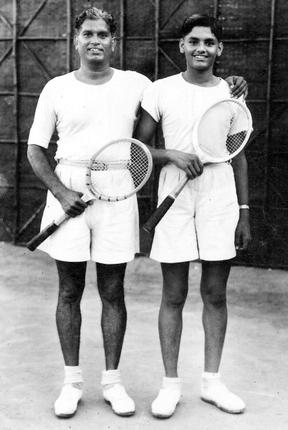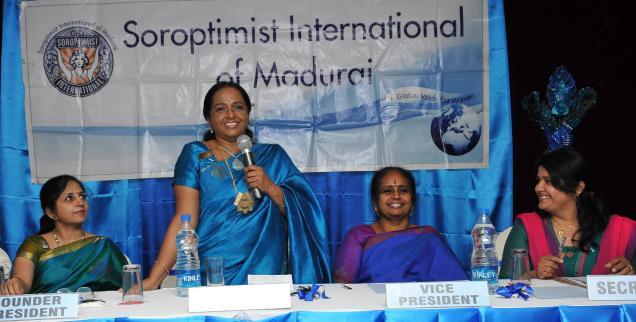I was delighted to receive an invitation the other day asking me to join them in celebrating ‘Genesis Day’ on May 17, for it indicated that there was at least one group in this city that recognised its beginnings even if they were 220 years ago. The invitation came from the Alumni Association of the College of Engineering, Guindy, and it asked me to join its members in marking “the starting of CEG on 17 May 1794”.
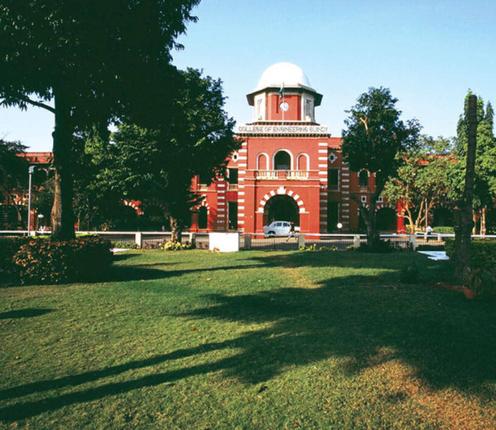
In their enthusiasm, the alumni were not quite correct; that date marked the birth of the Survey School in Fort St George. That technical institution, the oldest Western-style one outside Europe, was what grew into the College of Engineering. I wonder whether the College itself remembered the occasion and marked it — or, lost as it is midst the numbers that constitute Anna University today, did it leave it to the Alumni?
This August 22 will mark the 375 year of the founding of Madras and I look forward to that birthday being celebrated fittingly. But apart from celebrations, it would be fitting to remember that modern India developed in three stages from that day in 1639: the Age of Trade till 1757, the Age of Expansion till 1858, and then the Age of the Raj till 1947 when a New India was born. It was during the second stage, after the victory at Plassey, that the British, in fact the English East India Company, began thinking of ways and means of consolidating their position in India. The first steps to such consolidation included raising an Indian army, providing forts and fortifications for that army, and discovering, in the exploratory sense, the territories it was to move into and develop and protect. A fundamental need for all that was surveying and military engineering.
A definition of an engineer dating to this period stated, “An able expert man who, by perfect knowledge of mathematics, delineates upon paper, or marks upon the ground, all sorts of forts and other proper works for offence or defence. He should understand the art of fortification, so as to be able not only to discover the defects of a place, but to find a remedy proper for them, as also how to make an attack upon, as well as to defend the place. Engineers are extremely necessary for these purposes.” Such a definition, understandable in the context of the times, meant ‘engineers’, technical personnel, if you will, with skills in surveying, civil construction, and basic mechanical work.
It was to train such personnel that Fort St George decided to set up the Survey School at the urging of Michael Topping, the Chief Marine Surveyor. The Government Survey School opened for its first intake on May 17, 1794. The first eight boys were personally selected by Topping, mainly from the Male Orphan Asylum, on the basis of their knowledge of Arithmetic and writing in English. The School, headed by Topping as an extra assignment, was intended to produce apprentices capable of undertaking surveys, construct and repair tanks, and ensure a continuous supply of water for irrigation.
It was this School that became the Civil Engineering School in 1858 and, the next year, the College of Civil Engineering. It became the College of Engineering in 1862 and added Guindy to its name when it moved there in 1920. Its contribution to India, leave alone the Madras Presidency, over the years has been significant. That its genesis has been celebrated is something to warm any heritage-lover’s heart.
Saravana Bhavan in the NYT
By the time these lines appear, India is likely to have a new Prime Minister. But even he is unlikely to get the spread the New York Times magazine gave the Saravana Bhavan chain and its owner, P. Rajagopal, on May 7. What I received was a story in 13 A4-size sheets with the heading ‘Masala Dosa to die for’! The reference to death might have been complimentary; it might also have been a pointer to a third of the story which details the murder Rajagopal was charged with in 2002 and whose final verdict is yet to be given. Meanwhile, Rajagopal continues to expand his South Indian fast food empire.
At last count, according to Rollo Romig who has written this magazine-length profile, there were 33 Saravana Bhavan restaurants in India and 47 in a dozen other countries, from Sunnyvale in California to Hong Kong by way of Paris. And all of them serve a standard, high quality fare using the freshest of ingredients, a formula established by the founder.
Rajagopal arrived in Madras as a teenager from the deep South in 1968. He’d had little education, had during his journey cleaned tables in a hole-in-the-wall ‘restaurant’, and learnt to make tea the way those frequenting roadside tea stalls liked to drink it. But an eatery was not what he started that year — it was a small neighbourhood grocery to which he added a couple more in the area in due course. When the groceries proved losers, he began to look at food as an option — after a visitor to one of his groceries complained there was no place in K K Nagar to get good food at modest prices. And so was born Rajagopal’s first restaurant in 1981 in K K Nagar. It was a losing proposition to start with, but as word spread about the quality of its food, the cost, the hygiene and service, it began to be a winner, leading to the opening of other branches in the city.
Today, Rajagopal’s elder son Shiva Kumaar looks after the overseas operations and has been opening one Saravana Bhavan in each of several cities worldwide where there is a large expat Indian population. By ensuring that the food tastes just like what is served in its Madras outlets, he has been cashing in on homesickness, ‘the tastes of home’. He is candid about it; his restaurants are for the Indians and those who know South Indian food; if other foodies and the locals come in, that’s a bonus.
In Madras, Rajagopal’s younger son, Saravanan, manages the Indian business. And this wanted-to-be-an-engineer has brought the scientific element into management. Saravana Bhavan must be one of the few home-grown Indian food chains, if not the only one, that has a laboratory that’s busy every day. The lab tests food daily from all the Madras branches to ensure the same quality is being maintained. It also tests how labour-saving can be done. And what new flavours of ice creams can be created.
But what seems to have struck Romig as the chain’s greatest asset was its workers — 8000 in Madras alone — almost all village boys trained the ‘Annachi’ Rajagopal way, to his exacting standards and willing to accept his discipline, but “personally” loyal to him. In return, their perks in the U.S. are “fantastic enough even for Silicon Valley,” says Romig, who goes onto quote a Madras employee who half in jest said, “The only thing you can do with your salary is put it in the bank and save it. They take care of everything else.”
When the postman knocked…
– Meetings in Madras on May 1, 1923 may have demanded that May 1 be declared a holiday (Miscellany, May 5), but it took the Government 27 more years to make that a reality, writes reader Ramineni Bhaskarendra Rao. It happened only after the Republic was born. There had before been another appeal that International Workers’ Day be declared a holiday by the Government of India, recalls reader Rao. That was in April 1936 and the call was made by Prof. N.G.Ranga of Pachaiappa’s College and P Ramamurthi of Triplicane. They also demanded that all workers in prison for trade union activities be released on May 1. That date became a day of significance, Reader Rao narrates, because on May l, 1886 the United States committed itself to an 8-hour working day which had been agitated for there from the first years of the 19 Century. When many factories refused to implement the eight-hour working day, there was a mass protest in Chicago on May 4 that resulted in violence. Several workers were killed by the police, and an Englishman and six Germans, immigrants all, were arrested. Four of those tried, all Germans, were sentenced to death, the other three to life imprisonment. When the dust settled, the eight-hour day became the norm and May 1 was declared International Workers’ Day.

– Reader Thomas Tharu regrets that Prof. R.A. Kraus, who played a significant role in setting up IIT-Madras, has all but been forgotten and wonders whether anyone has detailed information about him. He also wonders what happened to the history of IIT-M written by IITian Ajit Narayanan for the golden jubilee in 2009 and whether that might have any information on Prof. Kraus. I’m surprised that reader Tharu makes no reference to the intriguingly titled pictorial history, Campaschimes, by Kumaran Sathasivam and Prof. Ajit Kumar Kolar — he was responsible for the excellent but little-known IIT-M museum — brought out in 2011, with a promise of a second more detailed volume in due course. Surely he would have received a copy given that he is mentioned in the acknowledgements made in the book. Be that as it may, Campaschimes does tell a bit of the story starting with a July 16, 1956 Indo-German agreement which had, tucked away in it, the following: “The two Heads of Government agreed that in co-operation between the two countries a technical teaching institution is to be set up in India for which the Federal Government will make available teaching staff and equipment (and) will endow scholarships (for) Indian students to attend German technical Institutions.” Once land was allotted to it in 1958 by the Madras Government, work on setting up the Institute began in earnest. A planning committee chaired by Dr A L Mudaliar was charged with formulating the education programme, but there’s no more said about all this in Campaschimes except that L.S.Chandrakant, Deputy Educational Advisor, Government of India, was appointed Special Planning Advisor, IIT-M, in 1959 and his German counterpart, Prof Robert Kraus, was designated Special Commissioner representing Germany. The lack of more information on the founding of the Institute is what reader Tharu regrets. He particularly feels Kraus deserves better, given his record. Kraus had spent most of his teaching life in China where he set up a technical university in Shanghai. When this was destroyed by the Japanese, he was in Germany and immediately began planning on resurrecting it inland, but World War II intervened. After the War, he set up Kharagpur’s Mechanical Engineering Department in 1953 and remained its first head till the German Government gave him the task of helping set up IIT-M. He remained a popular figure on the Madras campus till he left in 1964.
source: http://www.thehindu.com / The Hindu / Home> Features> MetroPlus> Society / by S. Muthiah / Chennai – May 18th, 2014
